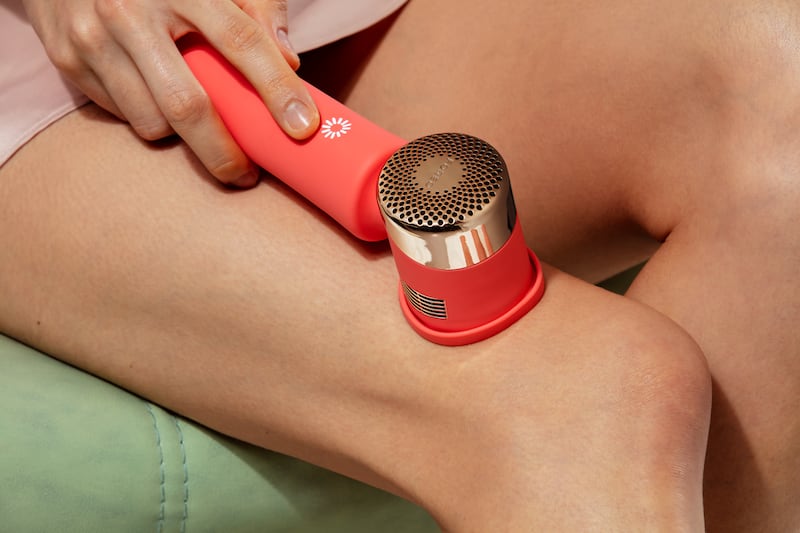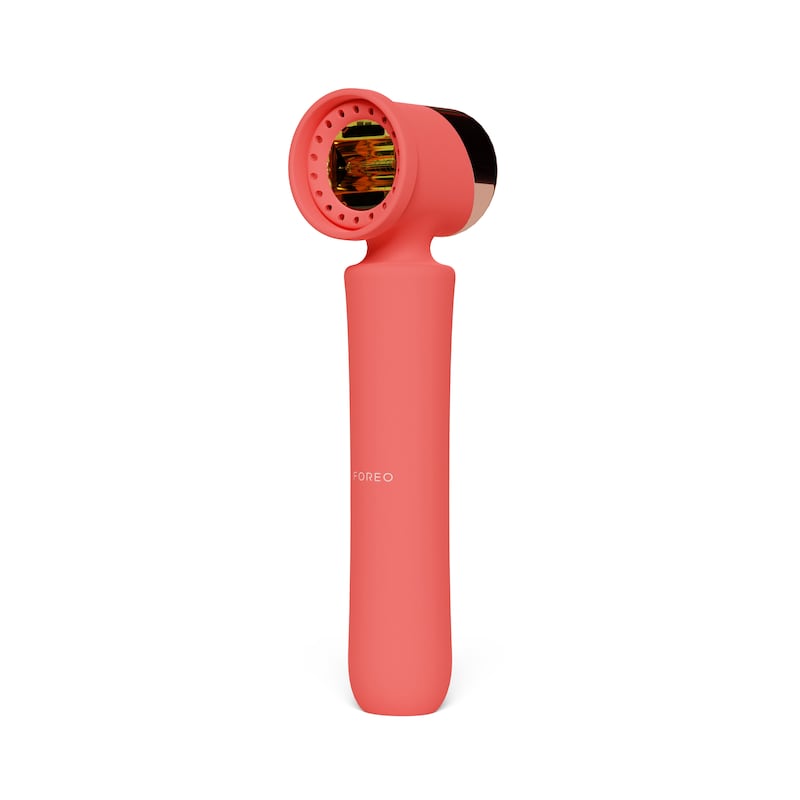Body hair removal is a pain. One valid way to navigate this is simply not to remove it, of course. According to Mintel’s 2023 shaving and hair removal market report, 55 per cent of UK consumers surveyed had removed hair from their underarms in the previous 12 months. This figure includes men – statistics on women’s body hair removal have remained largely static for decades. It’s definitive – most women do remove at least some hair from their bodies.
I haven’t the space or inclination here to interpret this as the shadow of patriarchal brainwashing and oppression casting its image across women’s bodies. I’d like to live in a world where we can choose to present our bodies as we prefer without our motives being either presumed or interrogated, and so we’ll proceed here in that spirit.
For those who do choose to remove hair, the work of it is tedious, expensive and time-consuming. One of grooming’s least glamorous and more thankless tasks, certainly. If you’ve read this column for some time, you’ll know that I can always be counted on to find the laziest and quickest way to achieve any outcome, and will occasionally devote this page in its entirety to a product if it really makes my life easier. Razors dull quickly, are expensive and a faff. Epilation is a technology which might have been borrowed from the Catholic Inquisition, while waxing often requires a professional and meticulous aftercare. Laser is a great option, but it’s very costly and it is not permanent – you’ll need top-ups.

Enter at-home IPL (Intense Pulsed Light). Again, there are shortcomings. Heavy, clunky devices. Bright flashing lights and time-consuming treatments. Tiny treatment windows – the area of the device through which light energy travels into the hair follicles – meaning that treating even one leg takes forever, and heat spikes which can make treatment uncomfortable. Despite these inconveniences, I have still preferred at-home IPL hair removal to every other method. It uses light energy to target the melanin in the hair follicle, which is then converted to heat energy beneath the skin, disabling the follicle. Hairs then fall out over a couple of weeks. IPL significantly and permanently reduces hair regrowth, essentially allowing people to dispense with razors or waxing altogether.
‘There are times I regret having kids. They’re adults, and it’s now that I’m regretting it, which seems strange’
Cillian Murphy: ‘You had the Kerry babies, the moving statues, no abortion, no divorce. It was like the dark ages’
The Dublin couple who built their house in a week
John Creedon: ‘I was always being sent away, not because they didn’t love me, but because they couldn’t cope’
So I was very excited when Swedish brand Foreo launched the Peach 2, an at-home IPL device which has significantly improved upon other at-home IPL offerings I’ve tested. It’s the first device I’ve seen thus far that properly addresses the classic issues of time and comfort. The treatment window is enormous, allowing you to cover both legs in a few short minutes, though it has a more precise mode for smaller areas like the face. It features a silicone seal around the window, leaving your eyes undistressed by repeated flashes of light. It very gently pulsates, which provides distraction from any heat spike discomfort you may feel, and has an inbuilt cooling system. There’s also a cooling gel which you can buy separately – I haven’t found it necessary, but it’s a nice option to have as most professional IPL treatments will incorporate a gel like this. It also comes with an app for those of us (me) who lack the organisation to get through the course of treatment unharried by reminders.

You’ll notice results within two weeks, but will need to complete the full 12-week treatment course, using the device on freshly shaved areas once every two weeks. Then, a single top-up treatment every few months should maintain results. You shave before use so that the light energy has a short length of hair to travel through to reach the follicle. It’s also why the device cannot be used on skin which has been waxed, but shaving will minimise discomfort and maximise efficiency. I felt no discomfort or pain at all while using it.
This won’t be for everyone, and it has some shortcomings. It’s expensive, but not necessarily more so than waxing and shaving over time. A pack of four razor blades for the best-selling women’s razor is (shockingly) priced by Irish pharmacies at about €18. Aggregated over a lifetime of shaving, that amounts to an obscene sum. IPL requires consistency over 12 weeks, but then so does a waxing schedule.
Crucially, IPL requires that the melanin in the hair follicle be more concentrated than that in the skin. As a result, the hair being treated will respond best if it’s black or brown in tone – blonde, white and red hair may not respond at all. Those with the deepest skin tones (that’s phototype six on the Fitzpatrick scale) are at risk of skin damage from IPL as it targets melanin and can’t differentiate between hair and skin. For deep skin tones and light hair tones, the Peach 2 is not a good option. Electrolysis can be a better one, but is not a DIY treatment. However, if you do fall within the treatment specifications and want to minimise body hair, the Peach 2 can be a liberator.





